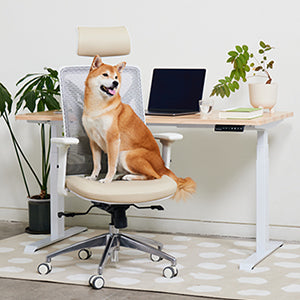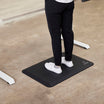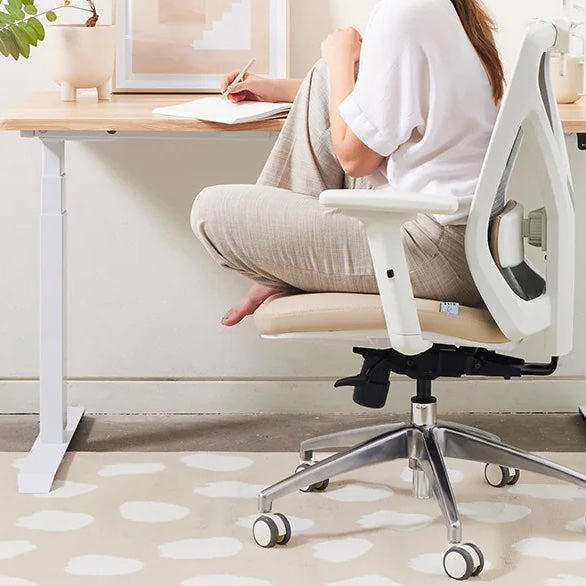When office workers around the world went remote four months ago, managers everywhere feared that productivity would collapse. Instead, it was amplified.
When the company Chegg went online at the start of the pandemic, the senior executives were convinced that the productivity levels of the company would plummet a minimum of 15 to 20 percent. In the place of the suspected fall, they found projects that were completed ahead of schedule, and an increase in the number of times employees volunteered to take on new tasks.
One would suspect the usual distractions that reside in a home – television, children, neighbors, and more – to form a stonewall impeding focus.
So how did so many employees work more productively from home? Are we really more productive working from home?
A recent study concluded that remote employees work 1.4 more days per month than their in-person counterparts, resulting in more than an entire three additional work weeks per year. So how is this possible? When employees move to working from home, not only do they eliminate their daily commutes, but have more flexibility to practice a healthier lifestyle, taking breaks at points most beneficial to their own learning, creativity, and growth as a worker.
Eliminating the daily commute saves an exorbitant amount of time, and even commutes as small as 10 minutes add up over time. When working from home, employees can start the workday earlier if they don’t have to take the time to drive into the office. On average, a worker saves 8.5 hours a week of free time by not commuting to work, adding up to 408 hours for a whole year. It is with this additional time that workers can invest in pursuing hobbies or activities they would not have time for otherwise, the improved mental state from these new ventures increasing productivity levels as well.

The lifestyle change of working from the comfort of one’s own home is also a factor. 70 percent of those who worked from home during the pandemic report virtual meetings are less stressful, and 64 percent now prefer hybrid meetings according to a report by Owl Labs. When under less stressful conditions, that is when employees can find sustainable sources of motivation, and actually apply themselves to their work. When the mind is free of stress, it is then able to allocate more energy directly into the work that needs to be done instead of subconscious preoccupations with survival induced by stress.
Changing the setting from working in an office to working at home is so effective, in fact, that on average, those who work from home spend 10 minutes less a day being unproductive, work one more day a week, and are 47% more productive. Standard procedures that took place in the pre-pandemic corporate world, notably overly lengthy meetings and regular status updates, are being re-evaluated as well, eliminating wasted time on activities we took for granted, freeing the workday for purely work-related activities that contribute directly to the tasks and projects that need to be done.

An estimate by Upwork states that 1 in 4 Americans, representing over 26% of the American workforce, is expected to work remotely in the coming years, which would therefore mean more productivity for their respective companies. But at what cost? As it turns out, ambition in isolation carries social and emotional costs.
Working at a maximized productivity level by investing every ounce of free time into getting more work done may produce better results short term, but is not a sustainable pace long-term. When you work at a pace too fast you will exhaust yourself, causing burnout, which is much more harmful to productivity than investing more time is beneficial. This is why workers have to know how to balance personal and work time efficiently, with the barrier not as visibly defined as when work was in an alternate location. Creating your own boundaries in your home to replace the lost visual delineation by setting up your own separate workspace. Read here about how to design your workspace to maximize your productivity and health.

In conclusion, the increased popularity of remote work has provided employees everywhere with an opportunity to increase their productivity levels with a decrease in time wasted on commutes, office distractions, and trivial traditions of the in-office workday. With this opportunity, however, comes a danger of pushing oneself too far, and getting burnt out. To combat this, it is pivotal that employees prioritize their health and needs so that they can enter their work with the best mindset possible. Healthy employees make a healthy company.
























